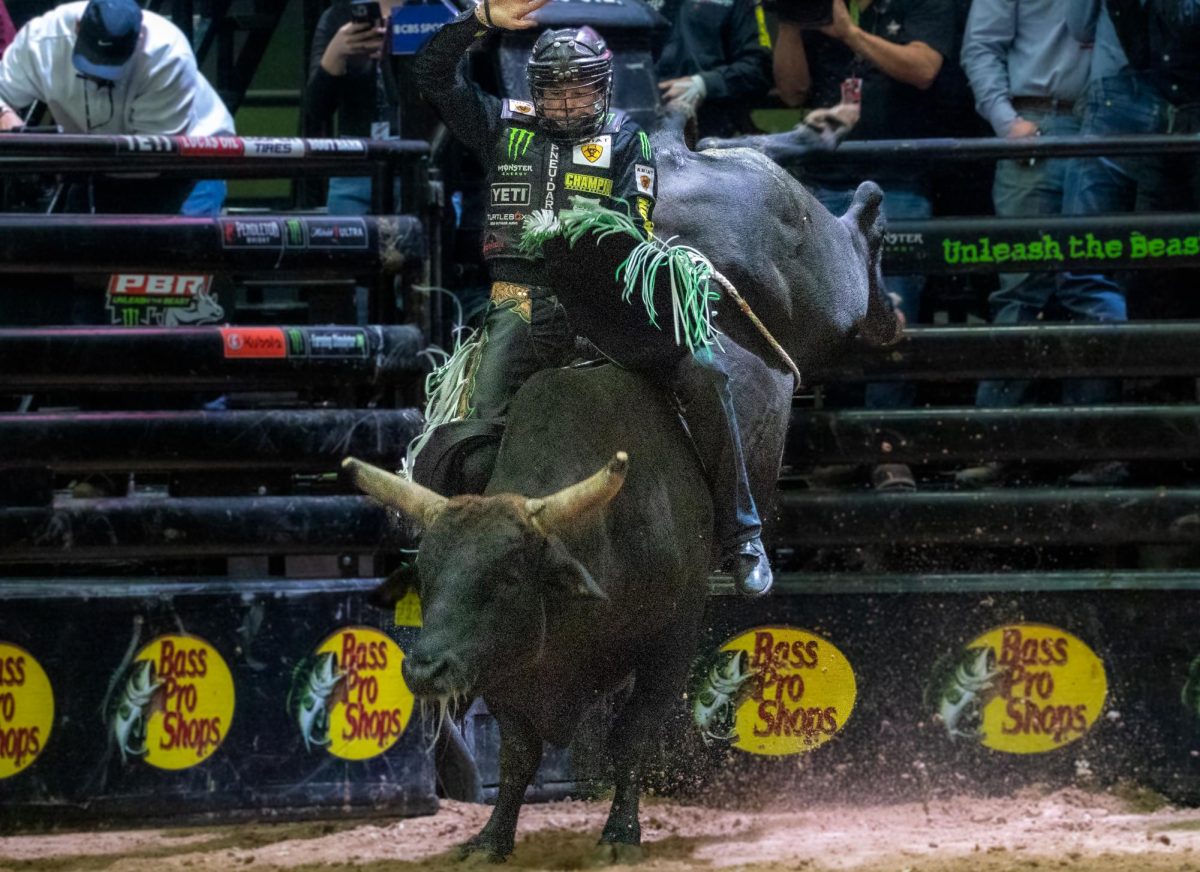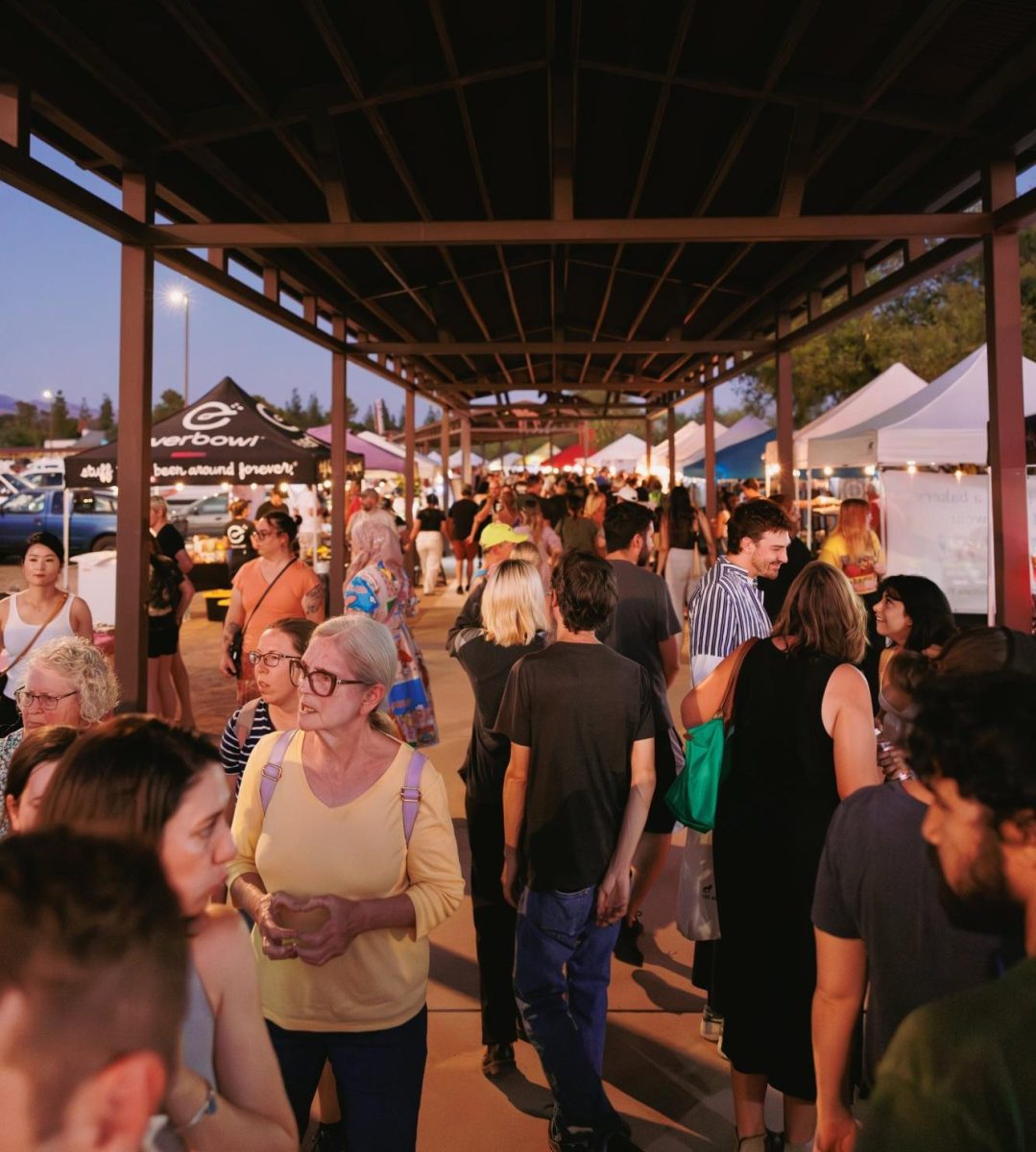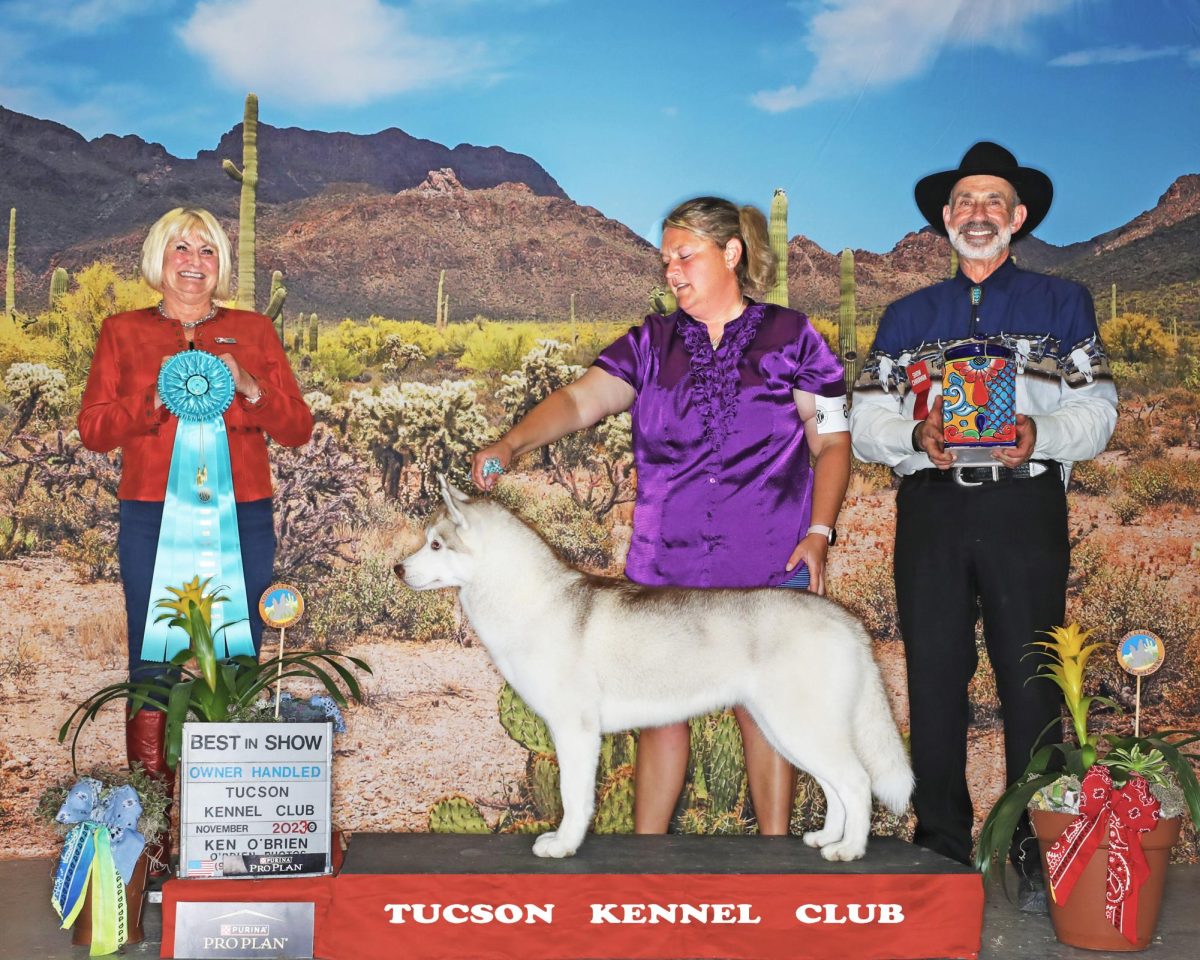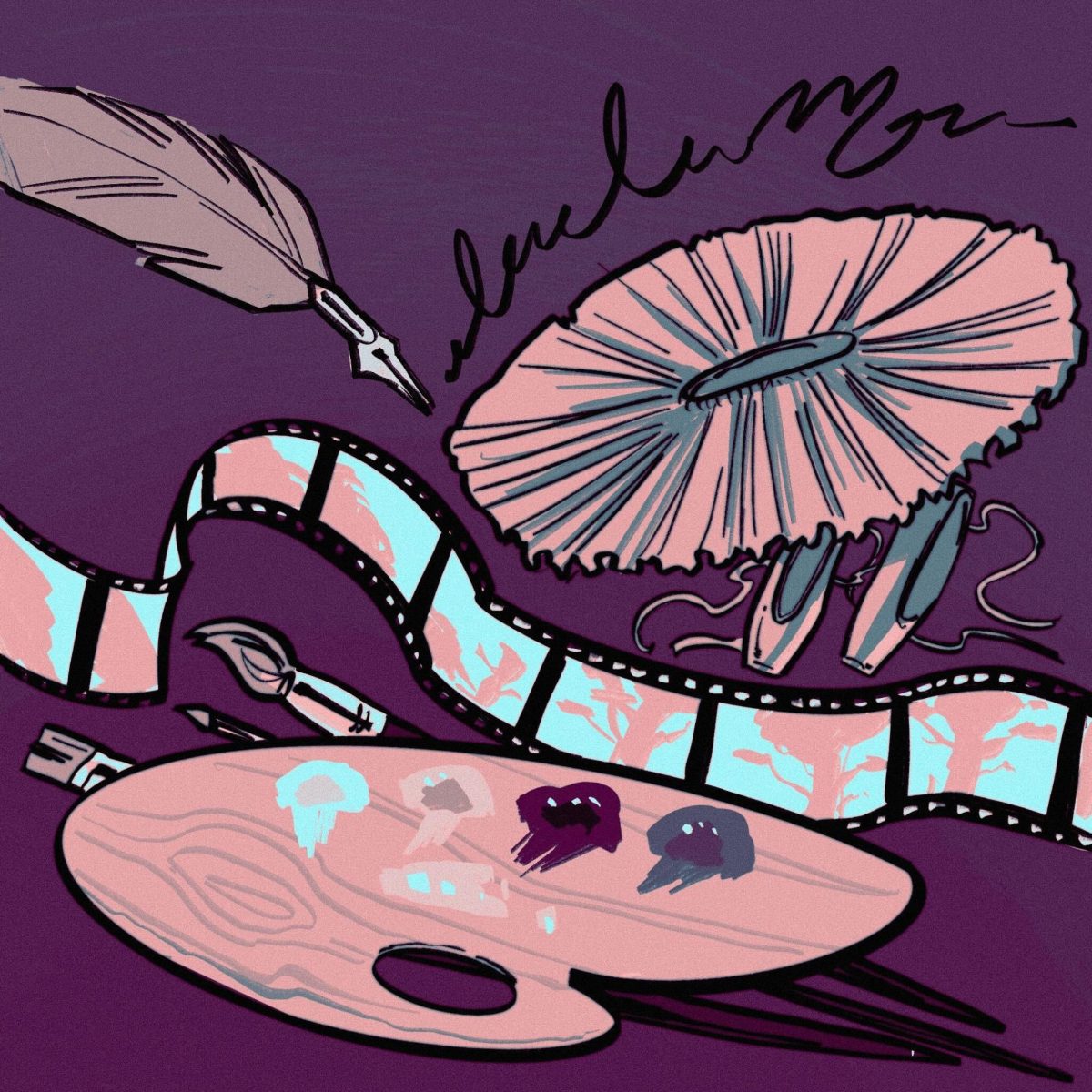Past Saguaro National Park is a campsite where the Tohono Oʼodham go to harvest saguaro fruit every year, a harvest which signifies the New Year and helps encourage rainfall. The inside of the fruit can be used to create syrup, which in turn can be used for wine, jams, candy and more. The seeds are also useful and edible. Cultural & Inclusive Experiential Learning Opportunities, a University of Arizona program, organized a trip for students to witness and participate in the harvest on June 29.
Sophomore Andrea Hernández, a CIELO student double majoring in molecular and cellular biology and biochemistry, was in attendance. Hernández is from Sonora, Mexico and attended the harvest because the environments in Tucson and Sonora are similar. Hernández was also interested in the process and how the Tohono Oʼodham create the syrup out of the saguaro fruit.
“So far, this event has been great, not only because of the harvest activity. It’s a little tiring because of the sun and the fact that we use handmade tools. We’re harvesting together as a group and reuniting with some old friends makes it even more special,” Hernández said.
To Hernández, the harvest is important because she flet more connected to the land that she lives on. Hernández also felt she will use the skills she learned at this harvest back in Sonora with the saguaros there.
From this experience, Hernández learned that the harvest symbolizes the New Year for the Tohono Oʼodham people. To her, the harvest is hard because the saguaro cacti are so tall but the end product is all the more worth it because of the effort put in.
“I think that participating in events like this will raise awareness about not only the traditional celebrations that are done on the land but increase people’s awareness about environmental protection and the fact that all these products come from real people who work hard to get them,” Hernández said.
This was Hernández’s third CIELO trip and she hopes to go on more. She recommended students try going on at least one of the trips that are offered.
Alumni and community member Silvia Valdillez was also in attendance at the event. She appreciated the space being open to students hoping to learn more about what it takes to harvest the saguaro fruit. Valdillez also appreciated walking the land as humans and witnessing the local wildlife around them.
“I have experienced the CIELO program before and I think it’s a great experience. My family has harvested before, but I wanted to kind of hear the stories and be here with my friend and experience it with him because he was the first person I harvested with here in Tucson, so I wanted to share that experience again,” Valdillez said.
To Valdillez, the harvest is important because it’s a tradition of the Tohono Oʼodham people. They occupy the land and to her, it is humbling how they opened up the event to let students and community members learn from them as well.
Although Valdillez is an alumnus, she participated in a few CIELO trips and learned there was privilege in being able to go on them as well. CIELO focuses on helping students from different backgrounds come together and experience different areas of learning on the trips.
“I think this is a great experience for students and especially marginalized, low-income, first-generation students,” Valdillez said.
Valdillez also said she’d most likely go on a trip like the saguaro fruit harvest again and encouraged students to go on trips like these to learn about the land they live on.
CIELO Director Dan Xayaphanh was one of the people who helped organize the event for the students. He wanted to bring students to this event because not many people knew about it. To Xayaphanh, if you’re on campus but not exploring what’s beyond it, there are opportunities like this that can broaden your horizons.
“The University of Arizona sits on Tohono Oʼodham land. It’s a good experience to learn about the people and the culture that surround Tucson. I think a good point that they make is that it’s the middle of summer and everyone thinks things aren’t alive out in the desert […] but it’s really with the Tohono Oʼodham, it’s their New Year’s celebration, it’s the fruit that sustains their people and it’s representative of life-giving,” Xayaphanh said.
Xayaphanh’s family is part Tohono Oʼodham and he experienced the harvest five years ago. CIELO is all about experienced learning and “doing as you’re engaging” so to Xayaphanh this was the perfect opportunity to act on these values.
“Within all of our CIELO programs, there’s a nature component where we say ‘nature is very healing’ and a lot of the students are just in their dorm rooms, in their residence halls or in their houses in front of a computer studying. To get outside, to learn about these different experiences and to capture these experiences by engaging I think is very powerful,” Xayaphanh said.
Xayaphanh hopes to do more trips like this one, especially with the CIELO system in place. The tiered system includes local, statewide, domestic and international experiences and it adheres to whatever students are comfortable with.
Students can follow CIELO’s Instagram page for updates and news about future events and trips like the saguaro fruit harvest. The CIELO website also offers information about trips to help students get involved.
Follow the Daily Wildcat on Instagram and Twitter (X)









